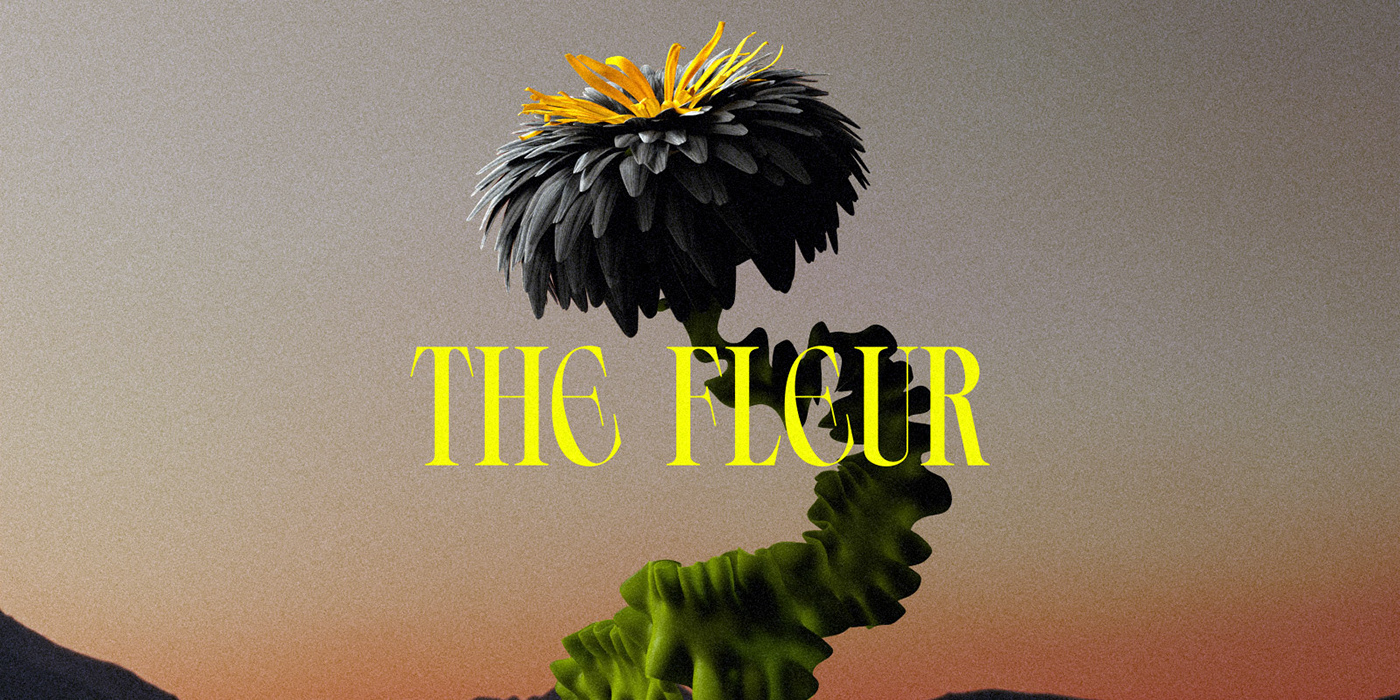
Plants are the foundation of all life on earth, upon which humans and every other living creature depends. Habitats thrive with a diversity of plants that form complex communities, who both depend on and compete with one another in a natural symbiosis.
Flowers, the reproductive organ of some plants, seduce pollinators with their alluring colours, sweet nectar and scented petals. Yet they bloom only briefly, and only under the right conditions, making flowers an expensive resource for a plant to produce. But this cost comes with a high reward for the plant, pollinators and people alike.
These are my take on digital flowers.
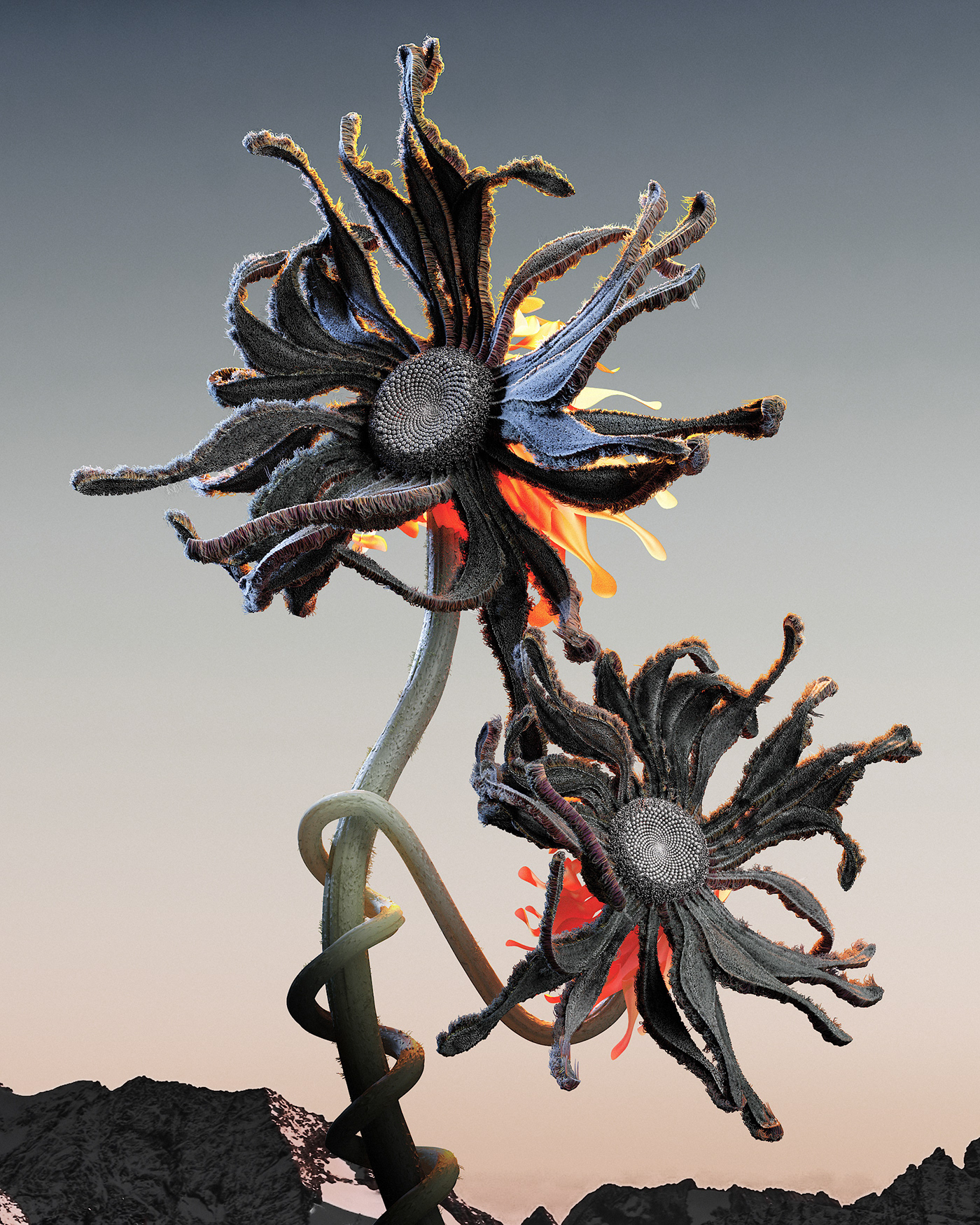
To make up for its colourless, scraggy-looking petals, the Odorata Cinere emits an aroma so delicious that it is described as one of the most enticing and satisfying scents in the world. The compounds are so decadently abundant that they secrete from the floral tissue. This sticky coating catches pollen, as well as foreign particles like dirt that add to both the complexity of its rich fragrance and it's ashy appearance.
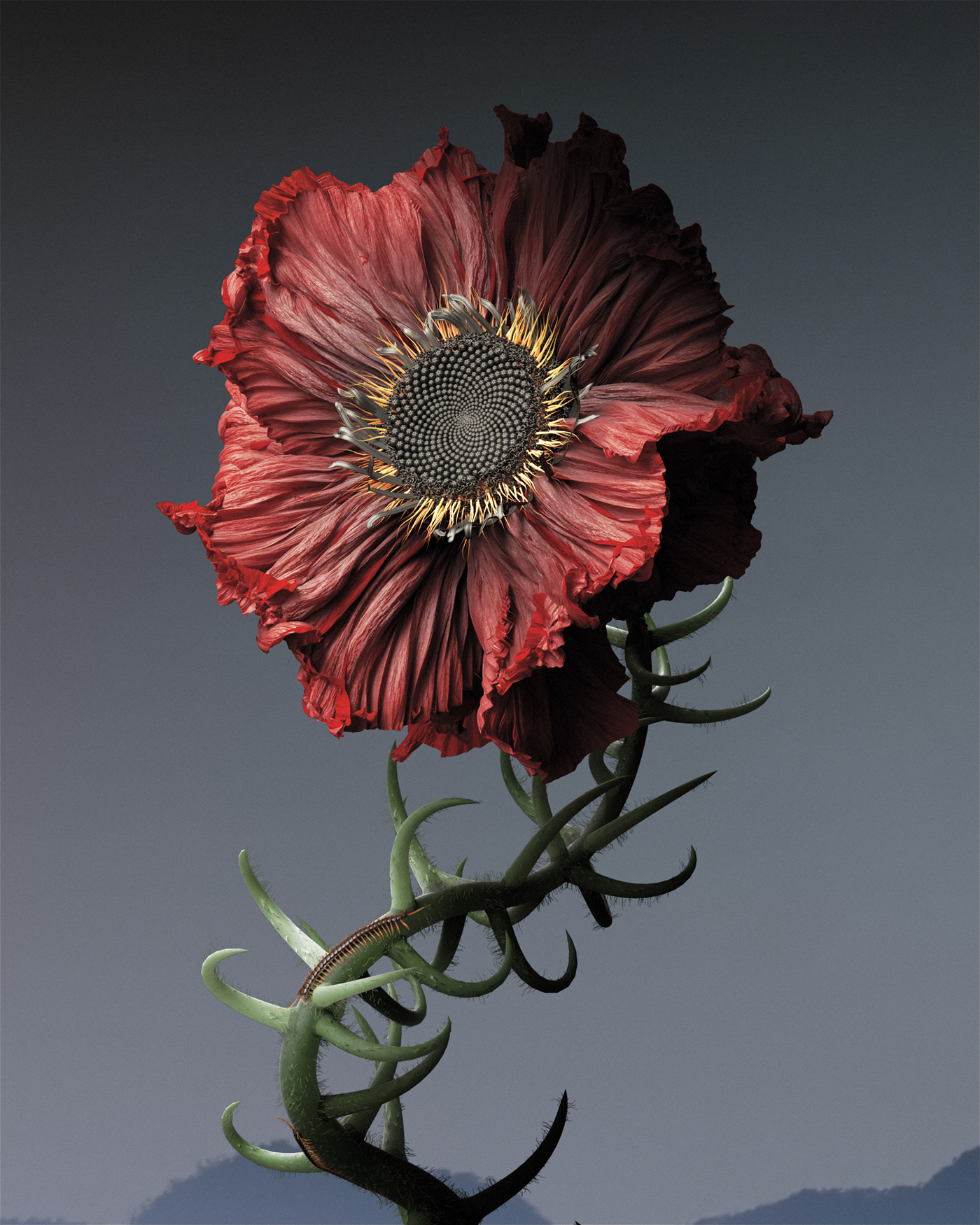
Despite the alluring, rich colour of its blood-red petals, Adamo Periculosum is a species to be cautious of. Brushing against it in the wrong direction, its sharp talons will stubbornly stick into whatever it has caught and infect its victim with a nasty bacterial infection.


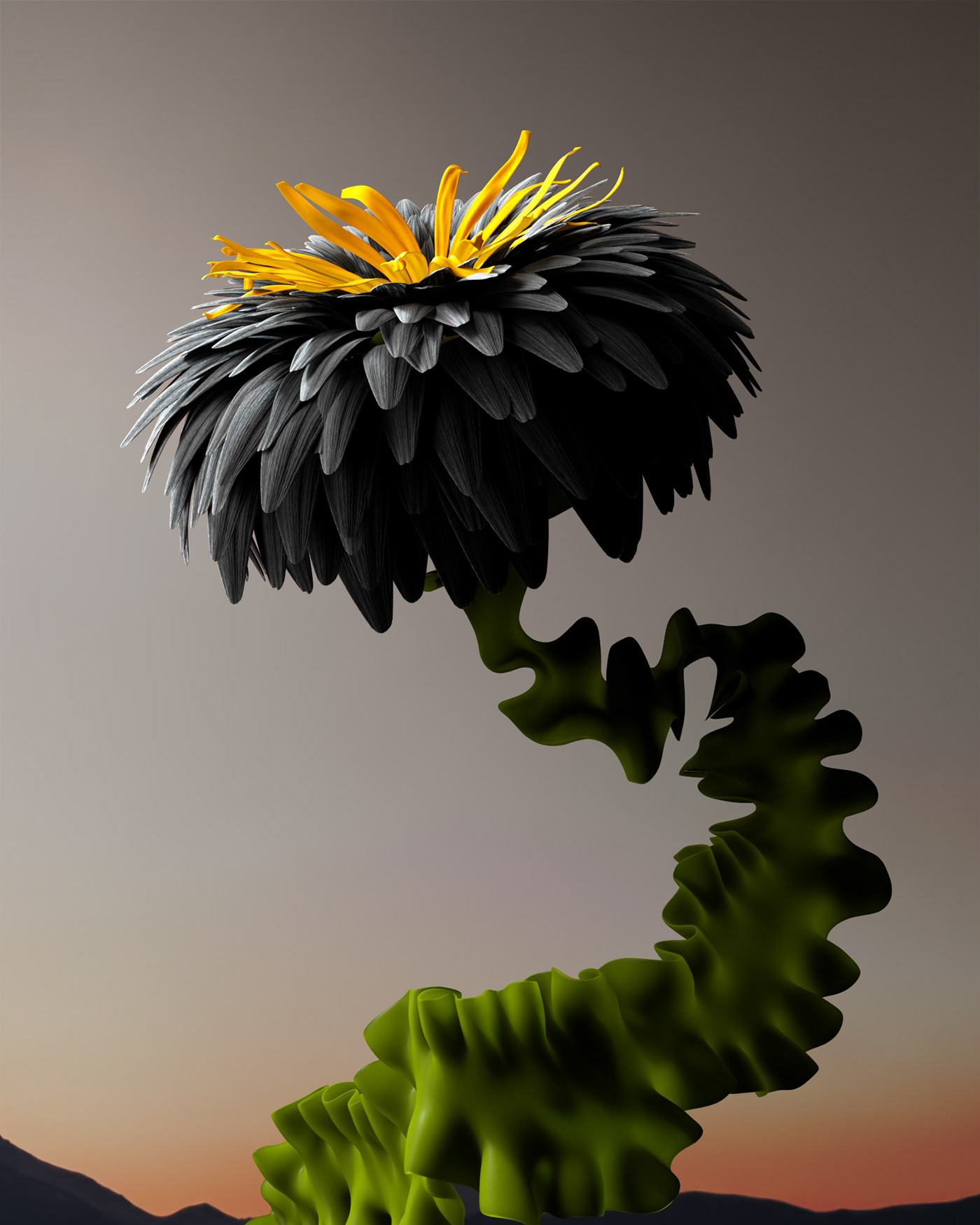
The gentle giant of the plant world, the stalk of the Fluffus Algae is comprised of vascular bundles that are arranged in a loose and unstructured way. It is for this reason it has a relatively 'mellow' appearance. Its growth movements are quite slow compared to that of other flowers, also due to it being extremely tall and thus quite heavy.
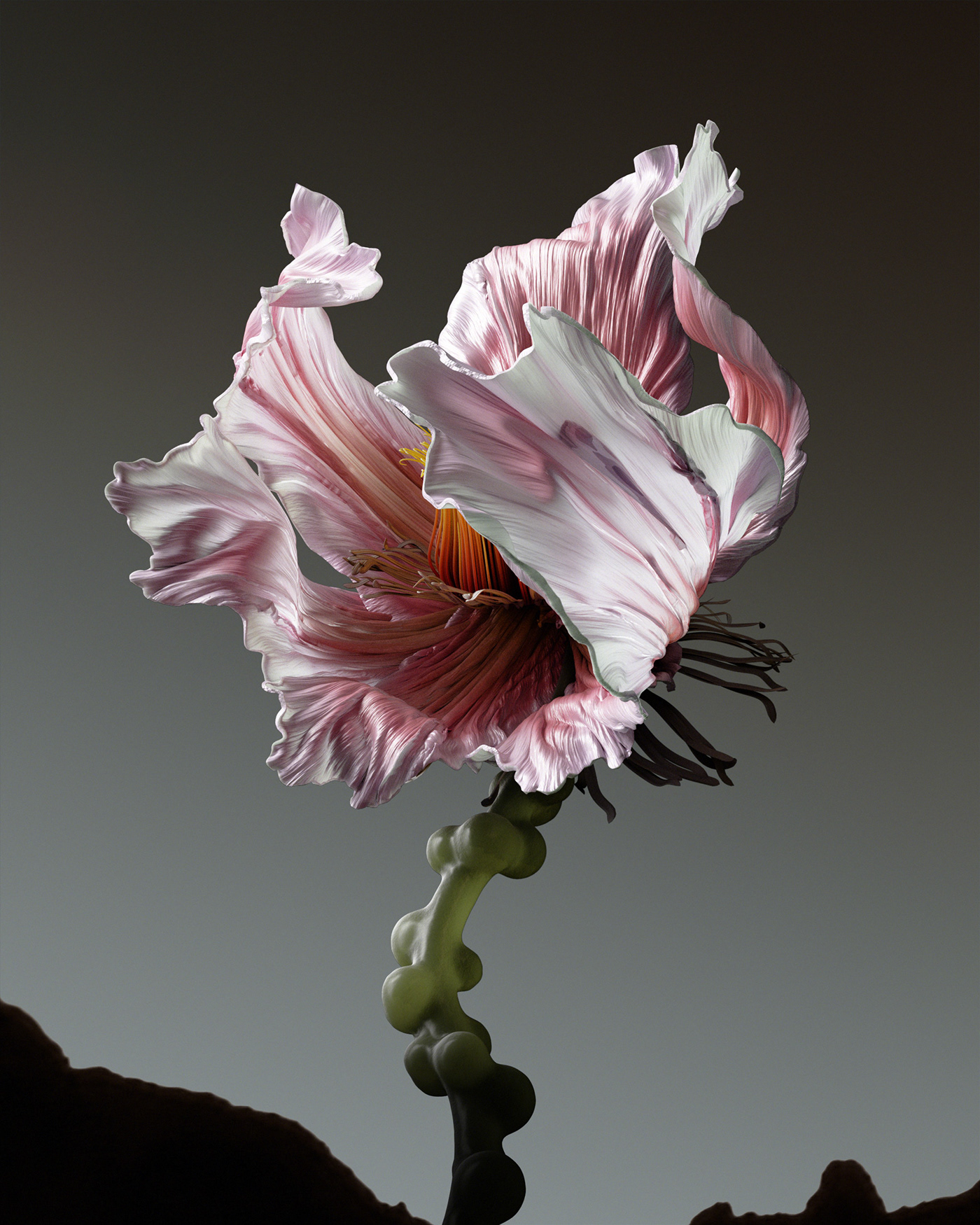
Toxic exaryum is known for its complex scent - its petals smell intensely sweet and musky, almost to a point of smelling artificial and chemical, with sour undertones reminiscent of stale, yeasty fermentation. Bulbous growths that develop on the flower's stem drop to the earth, releasing acidic compounds into the ground as they decompose. This discourages other species from taking root, turning the surrounding environment barren.


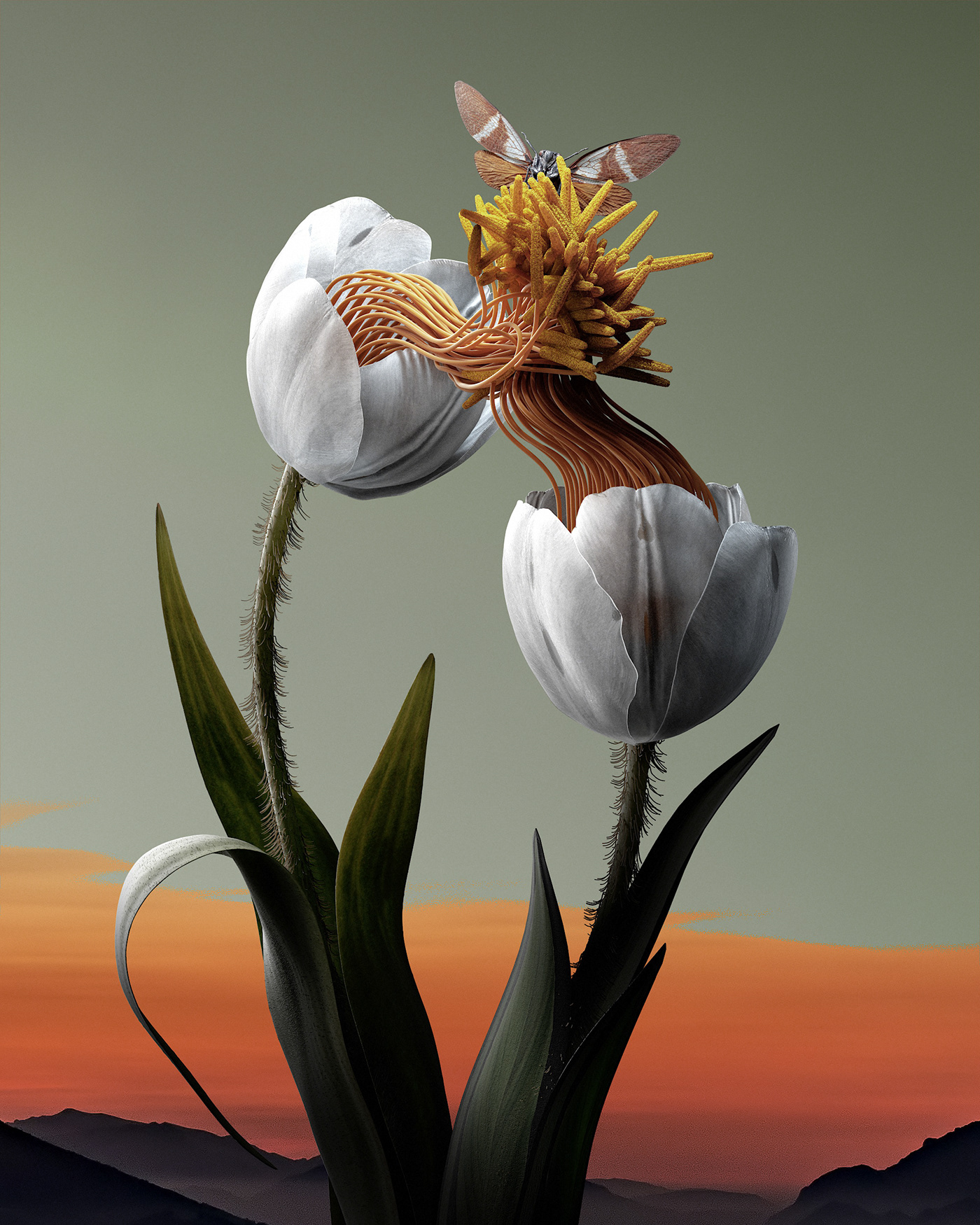
Like many flowers, Nodatus Tulipa is monoecious, meaning that it has both male and female reproductive organs in the same individual. However, while it does not need two separate plants in order to reproduce, it still enjoys cross-pollinating with others. The stamens can sense the proximity of other stamens, and reach towards each other to intertwine with each other in intimate knots.
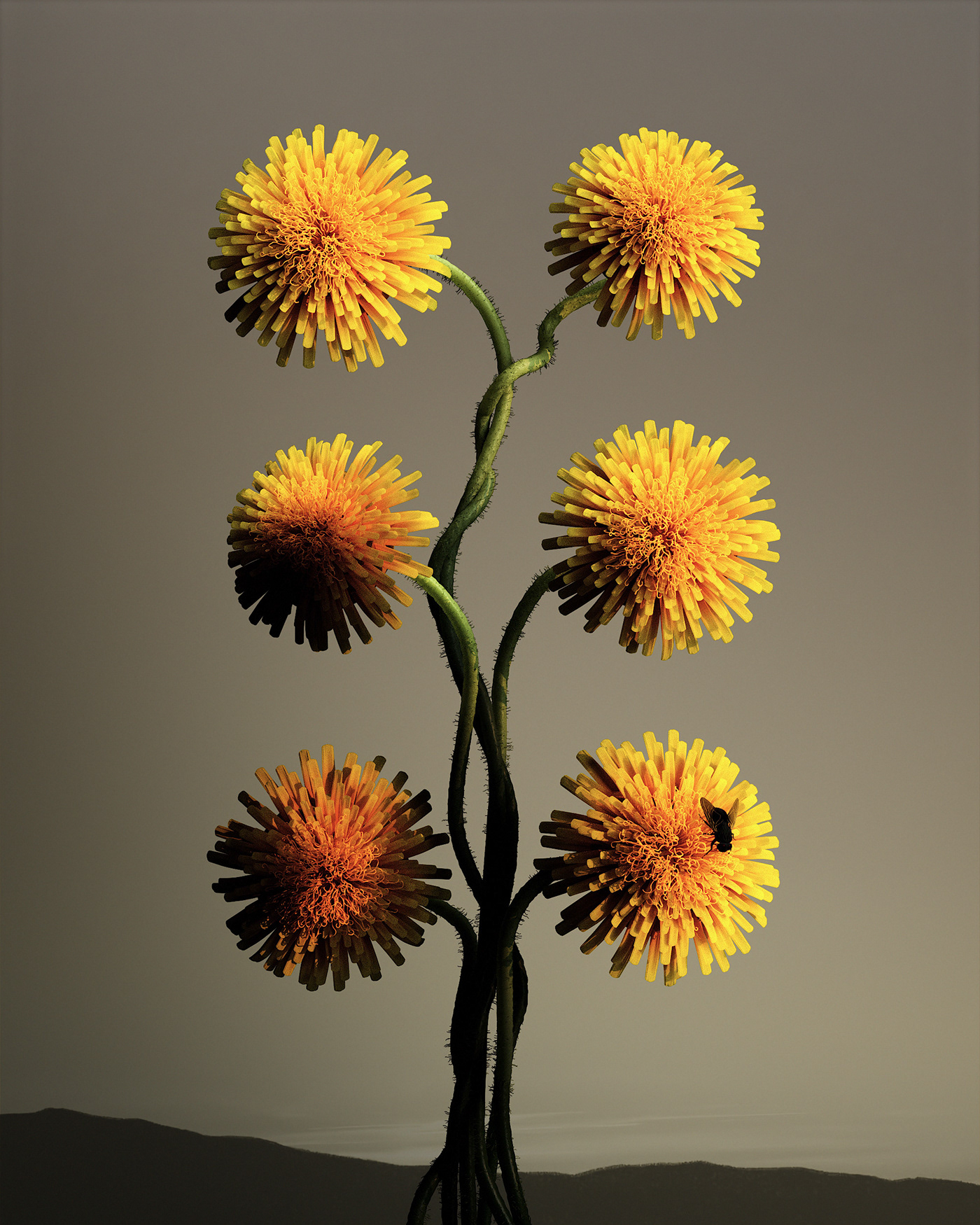
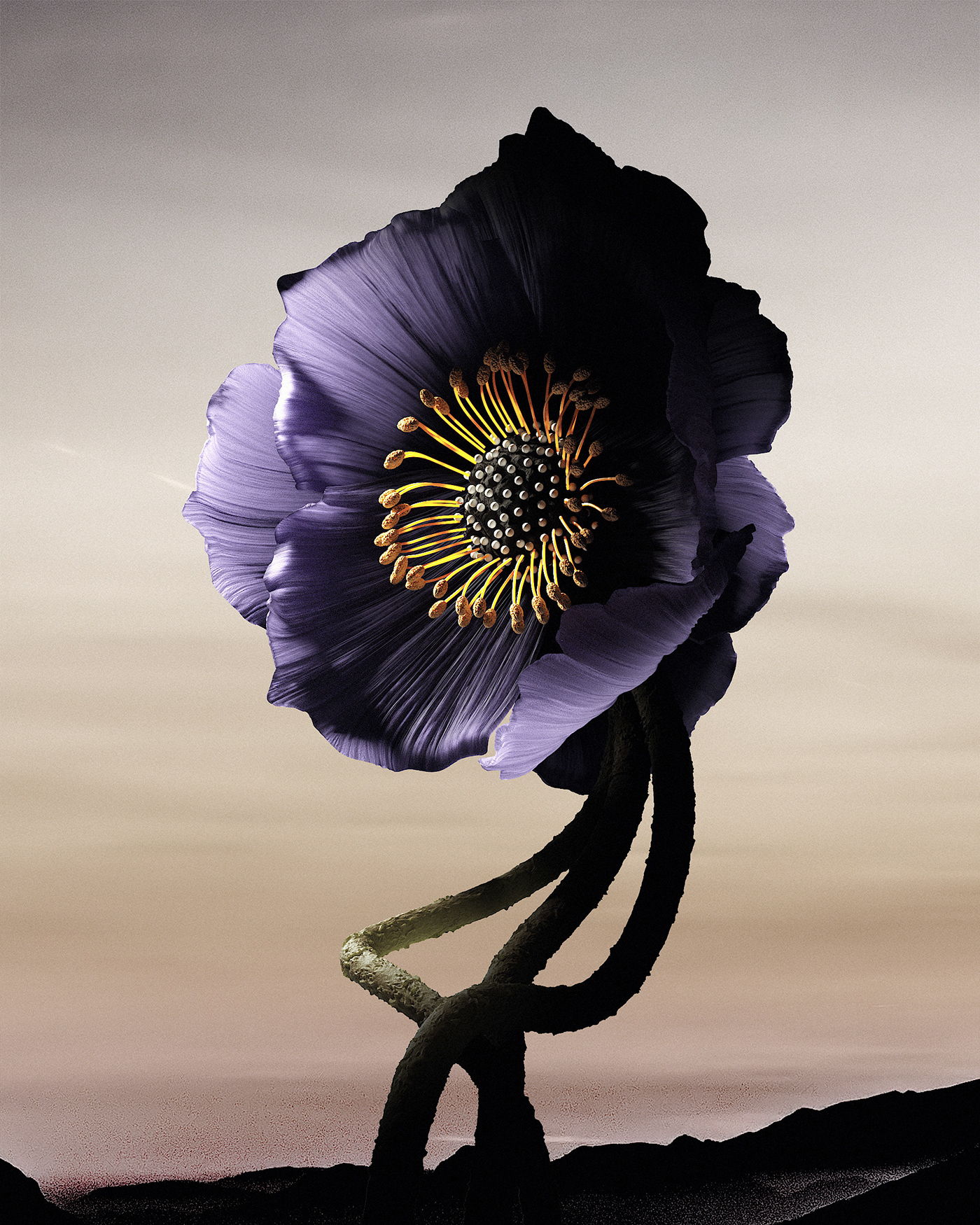
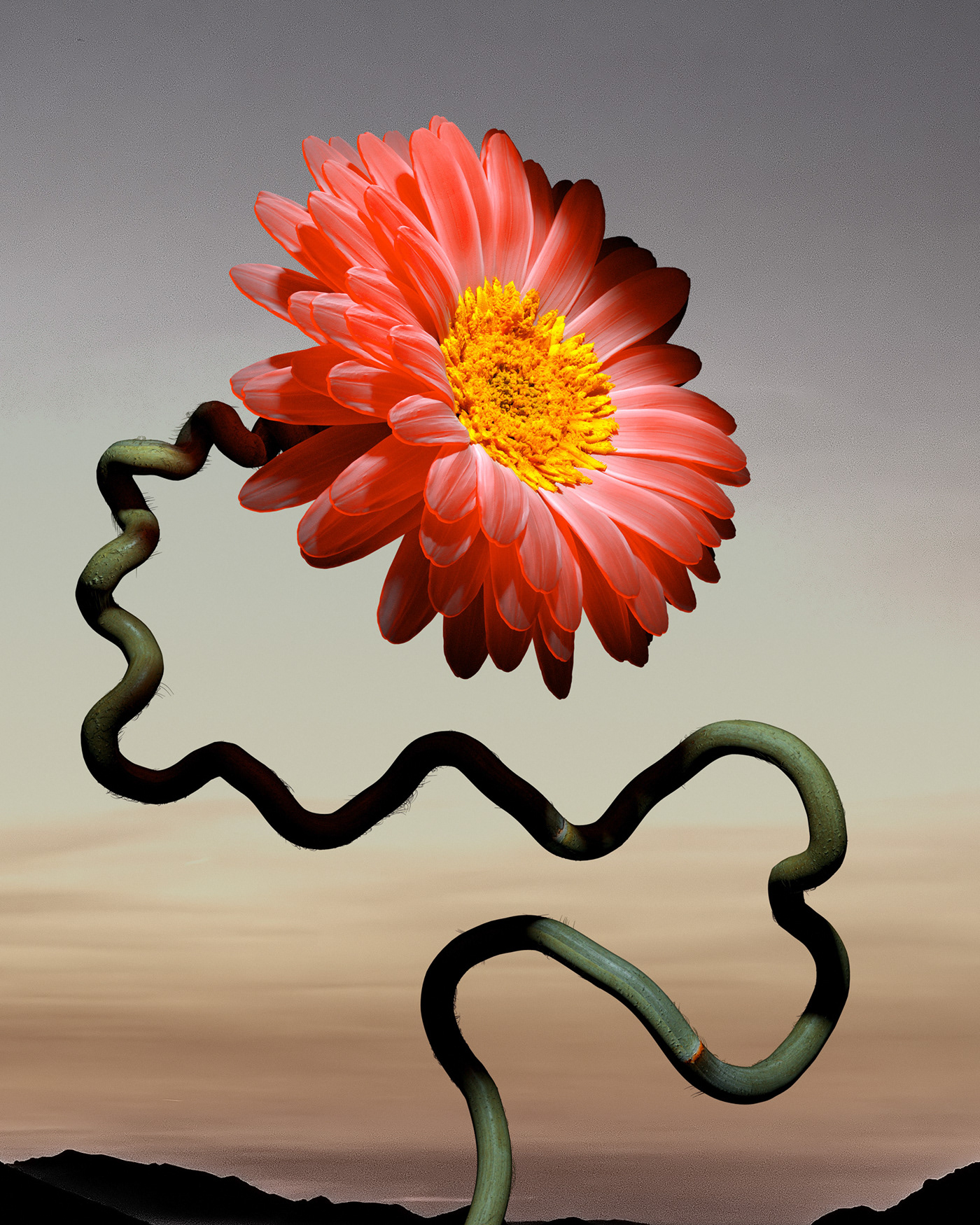
The twisted stem of the Transvaal Rubrum is a structural alteration stimulated by heliotropism. Each day as it grows, the flower cranes towards the sun, and the active movement of this orbital rotation is in a way 'frozen' in time. The spiraling curves of the stem can therefore be seen as a kind of visual history of the plant that trace the paths of the constantly changing direction of the flower.



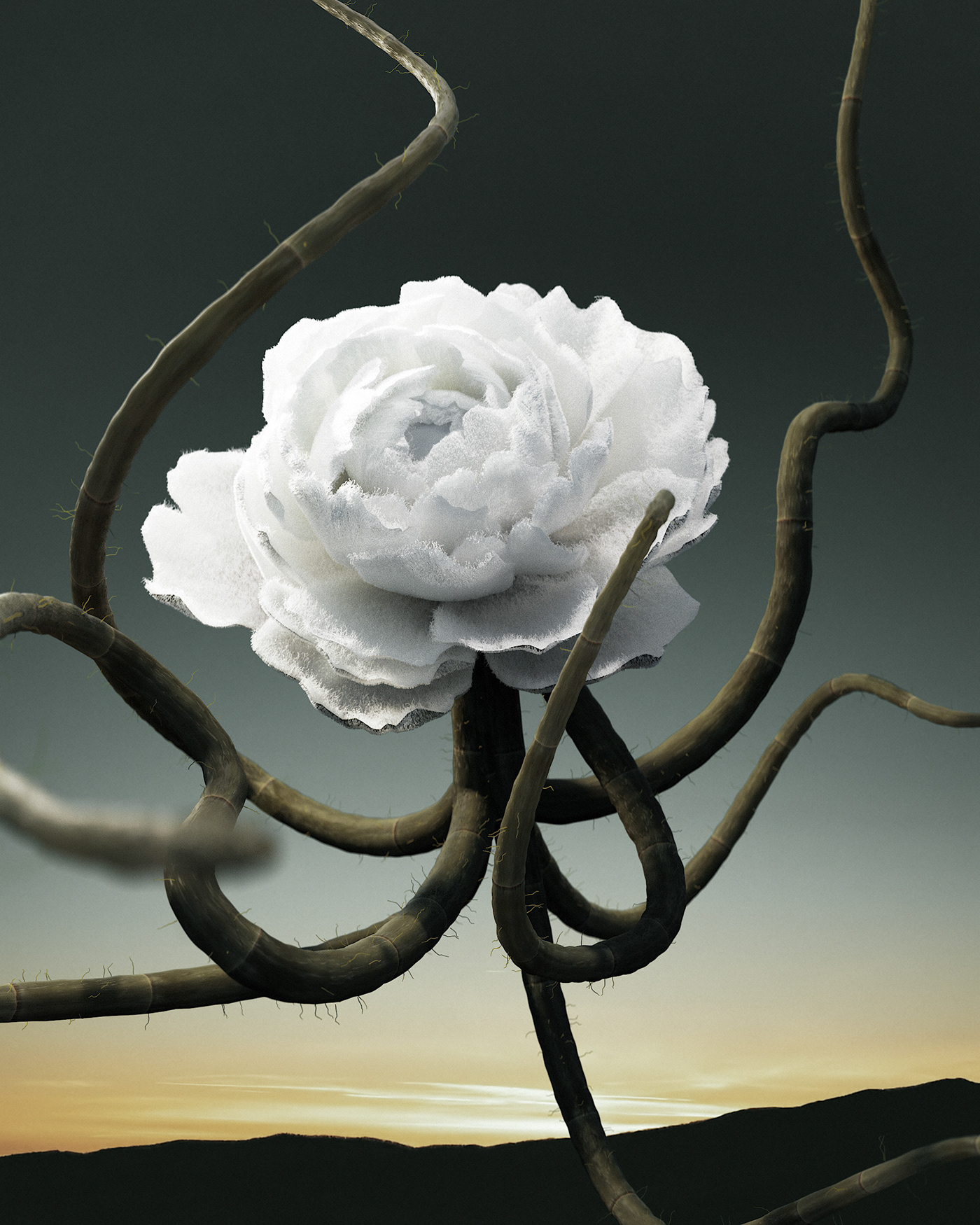
While at first one may be apprehensive of Manumala noxydria's reaching tendrils, this plant is not to be feared. Its curiosity to touch surrounding objects comes from its desire to climb. It is especially reactive to movement, and will gladly caress whoever is willing to come near enough.
Thank you









